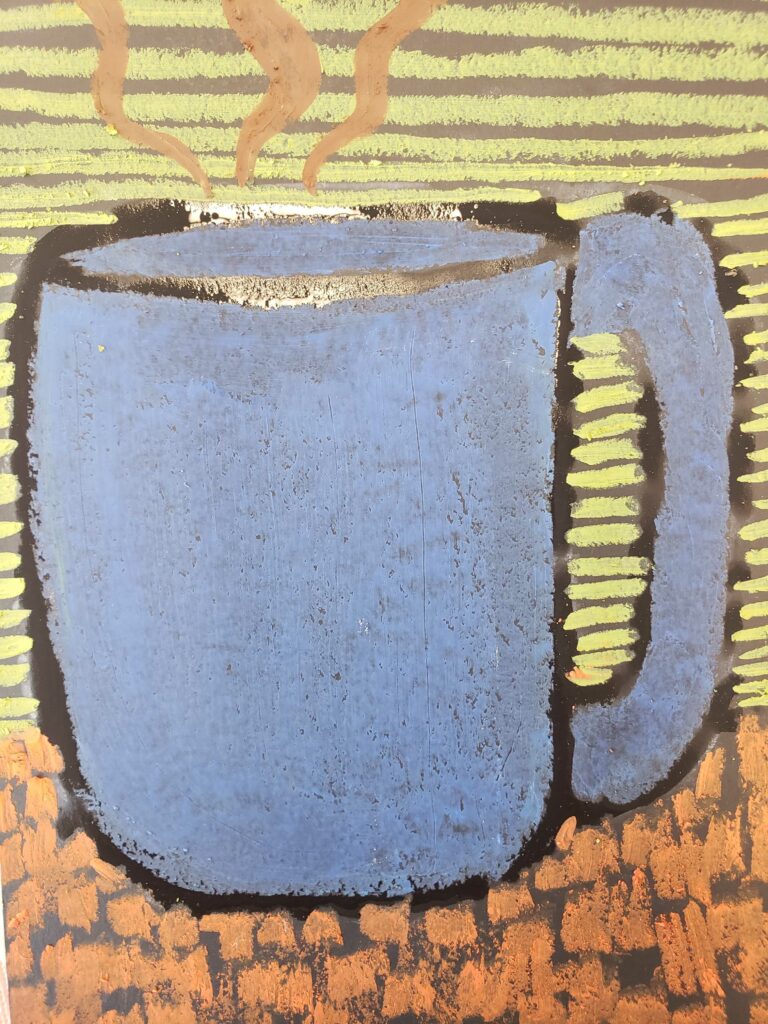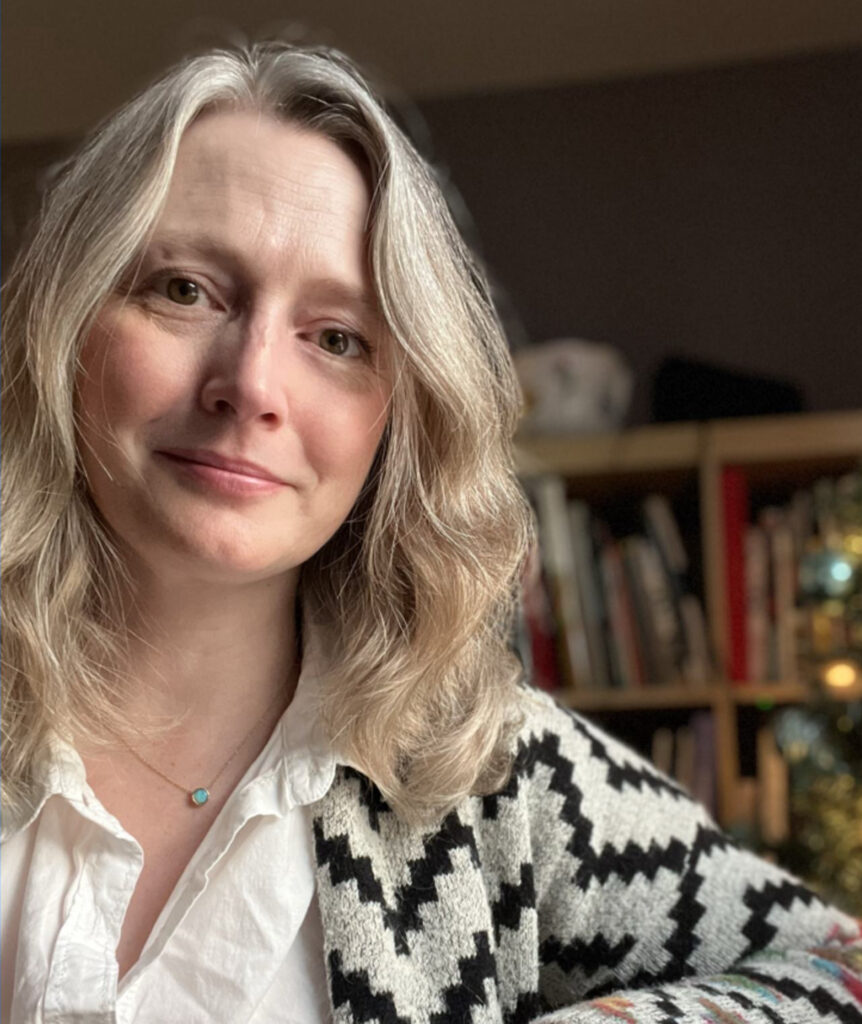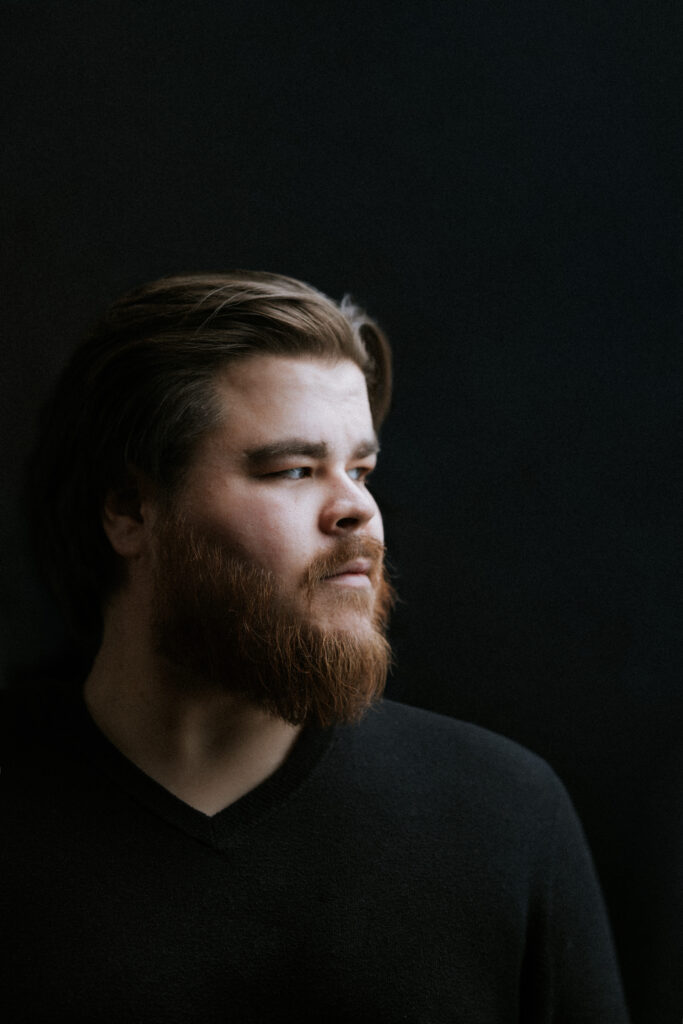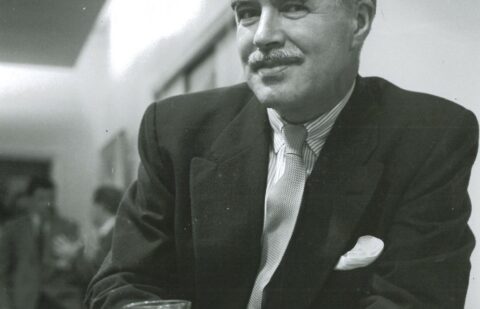Help us celebrate the opening of Christina Leslie’s solo exhibition Likkle Acts!
This event is free and open to everyone. If there are ways we can support your participation, please contact Hannah at [email protected].
Christina Leslie is an artist based in Pickering, Ontario. She earned her BFA in 2006 at OCADU in Toronto and her MFA at the Savannah College of Art and Design in Georgia, USA in 2022. Her photographs have been featured in numerous publications and exhibited both nationally and internationally. Her latest series “Sugar Coat” has been exhibited virtually on Ain’t Bad Magazine (2021), Featureshoot.com (2022), PetaPixel.com (2022), and in-person at BAND Gallery (2023). She has exhibited nationally and internationally at GAMU (2009), Royal Ontario Museum (2010), Pier 21 (201, Art Gallery of Windsor (2017), Peel Art Gallery Museum and Archives (2020), Prefix ICA (2021), and McMaster Museum of Art (2022). Much of her photographic practice revolves around the themes of de-colonialism, identity, immigration, issues of marginalization, history, memory, race, and her West Indian heritage. She often utilizes text and alternative and historical photographic processes to produce her photographs. She is a member of an all-female photography collective, Silver Water Collective and is represented by Stephen Bulger Gallery in Toronto.









